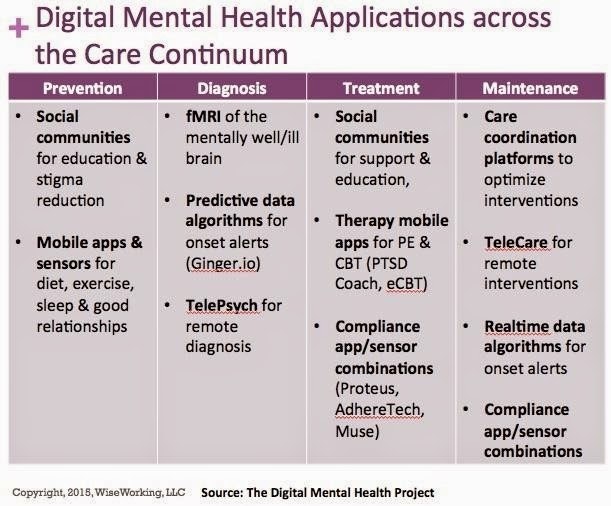Pharmaceutical Multichannel Marketing in a Me World

With the breakneck pace of innovation, the world today is vastly different than it was a decade ago. You can no longer take a one-size-fits-all approach to marketing. Today’s consumers, whether patients or Healthcare Professionals (HCPs), demand that you know who they are, where they are, what they need, and when they need it. With the rise of social media, consumers have greater control, openly sharing their positive and negative opinions of everyday interactions in blogs and online video for everyone to see.
To be successful in this “.me” world, you need a new solution that recognizes and embraces channel fragmentation, and the maturity of digital. You require a strategy that acknowledges the shifting power balance and that brand relationships reside in a highly distributed environment.
Developing a Multichannel Marketing strategy
The essence of a Multichannel Marketing (MCM) strategy must center on your ability to reach, connect, and deliver value and relevance to various customers. An MCM solution should have a simple, but hugely ambitious purpose: To inspire people to take action – to learn, to speak with confidence, to participate, to share. It's about engagement and dialogue. And by embracing a MCM strategy, marketers can create connections with HCPs and patients that lead to measurable business impact.
To succeed in this new environment and drive stronger MCM initiatives, you should follow three guiding principles:
1. Embrace Customer Centricity
Today’s consumers have more resources at their fingertips than ever before, empowering them to research, connect, curate, and engage anytime and anywhere. You are also leveraging more channels —from social media and mobile to email and the Web. Real-time capabilities and automation tools enable engagement around the clock.
In this “customer-centric” world, you must plan and execute campaigns that go beyond the multi-stage batch efforts of the past and intelligently use data collected from the myriad consumer engagement points.
Focus on channel-agnostic, next-best interaction. Embed capabilities that enable delivery of the “next, right message” every time a HCP engages. Track consumers, how they engage, and what topics they value to ensure that websites, email, etc. are updated with relevant and compelling content. Create direct links to internal systems so live operations teams know what content is most useful for inbound and outbound calling. The end result will offer a feeling of connectedness and continuity across the organization.
2. Treat customers like people, not targets
The challenging part of MCM is that you may attempt to build relationships with HCPs and patients who don’t fully understand what you offer, especially amidst brand confusion and the chaotic healthcare landscape. When asked about your customers, you may look through your database and give general information such as HCP practice profiles, prescribing patterns, co-morbidities, medications, response history, or channel preference.
To achieve superior MCM, surpass basic geo-demographic and transactional level data and past behaviors. Analyze insight from consumer activity, in real time. Determine what consumers are discussing, what they’re sharing, which topics they value, and what channels they prefer.
3. Get outside the database
You may think of MCM in terms of outbound communications or interactions with people who are in a marketing database. The challenge is that most, if not all, interactions you have with consumers are not initiated in the marketing database or from your website. Brand interactions start with consumers searching for information on the Web, discussing topics with their peers (online or offline), and visiting third-party sites.
Determine how customers learn about your brand — and build relationships with you across these channels. Identify all touch points. Understand which engagements are most important and connect those touch points in a meaningful way.
By creating brand experiences and relationships that provide inspiration, you can drive audiences to take the next step in their treatment journey or prescribing path.
Contribution from Mark Miller, Senior Vice President, Healthcare Portfolio Lead at Epsilon.